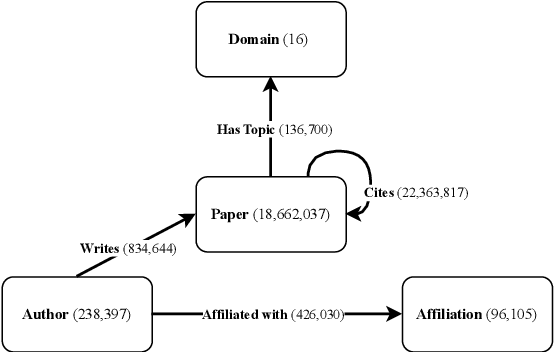Francis Kulumba
CamemBERT 2.0: A Smarter French Language Model Aged to Perfection
Nov 13, 2024Abstract:French language models, such as CamemBERT, have been widely adopted across industries for natural language processing (NLP) tasks, with models like CamemBERT seeing over 4 million downloads per month. However, these models face challenges due to temporal concept drift, where outdated training data leads to a decline in performance, especially when encountering new topics and terminology. This issue emphasizes the need for updated models that reflect current linguistic trends. In this paper, we introduce two new versions of the CamemBERT base model-CamemBERTav2 and CamemBERTv2-designed to address these challenges. CamemBERTav2 is based on the DeBERTaV3 architecture and makes use of the Replaced Token Detection (RTD) objective for better contextual understanding, while CamemBERTv2 is built on RoBERTa, which uses the Masked Language Modeling (MLM) objective. Both models are trained on a significantly larger and more recent dataset with longer context length and an updated tokenizer that enhances tokenization performance for French. We evaluate the performance of these models on both general-domain NLP tasks and domain-specific applications, such as medical field tasks, demonstrating their versatility and effectiveness across a range of use cases. Our results show that these updated models vastly outperform their predecessors, making them valuable tools for modern NLP systems. All our new models, as well as intermediate checkpoints, are made openly available on Huggingface.
Harvesting Textual and Structured Data from the HAL Publication Repository
Jul 30, 2024



Abstract:HAL (Hyper Articles en Ligne) is the French national publication repository, used by most higher education and research organizations for their open science policy. As a digital library, it is a rich repository of scholarly documents, but its potential for advanced research has been underutilized. We present HALvest, a unique dataset that bridges the gap between citation networks and the full text of papers submitted on HAL. We craft our dataset by filtering HAL for scholarly publications, resulting in approximately 700,000 documents, spanning 34 languages across 13 identified domains, suitable for language model training, and yielding approximately 16.5 billion tokens (with 8 billion in French and 7 billion in English, the most represented languages). We transform the metadata of each paper into a citation network, producing a directed heterogeneous graph. This graph includes uniquely identified authors on HAL, as well as all open submitted papers, and their citations. We provide a baseline for authorship attribution using the dataset, implement a range of state-of-the-art models in graph representation learning for link prediction, and discuss the usefulness of our generated knowledge graph structure.
 Add to Chrome
Add to Chrome Add to Firefox
Add to Firefox Add to Edge
Add to Edge